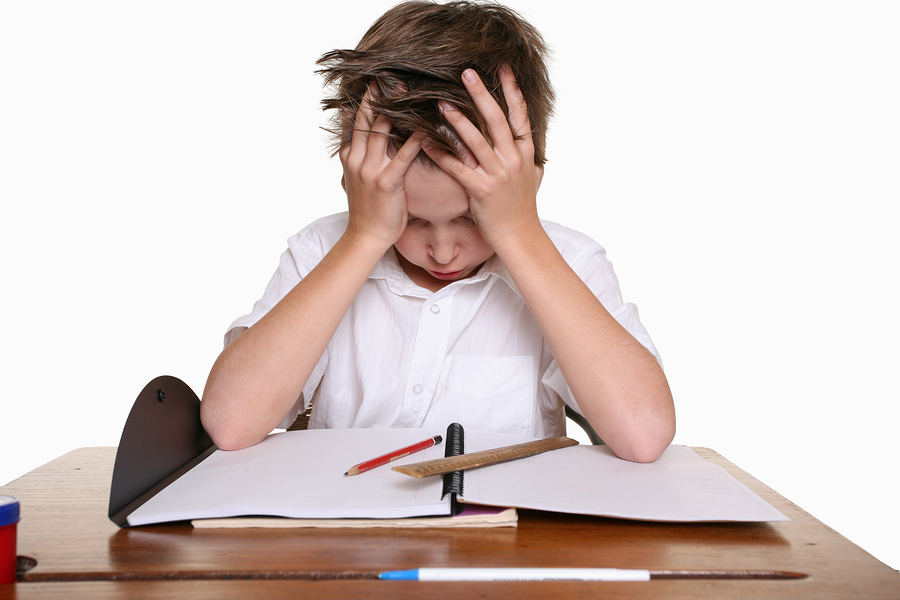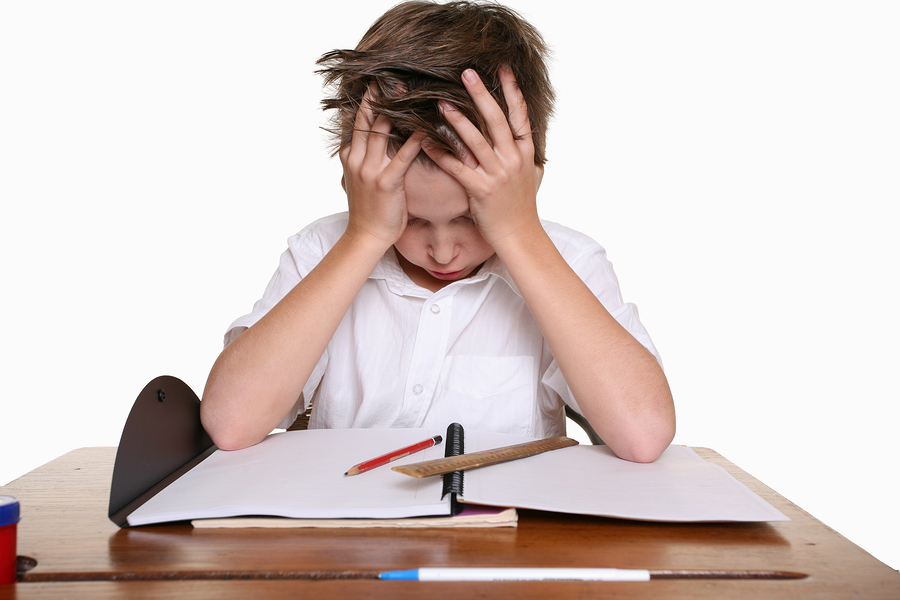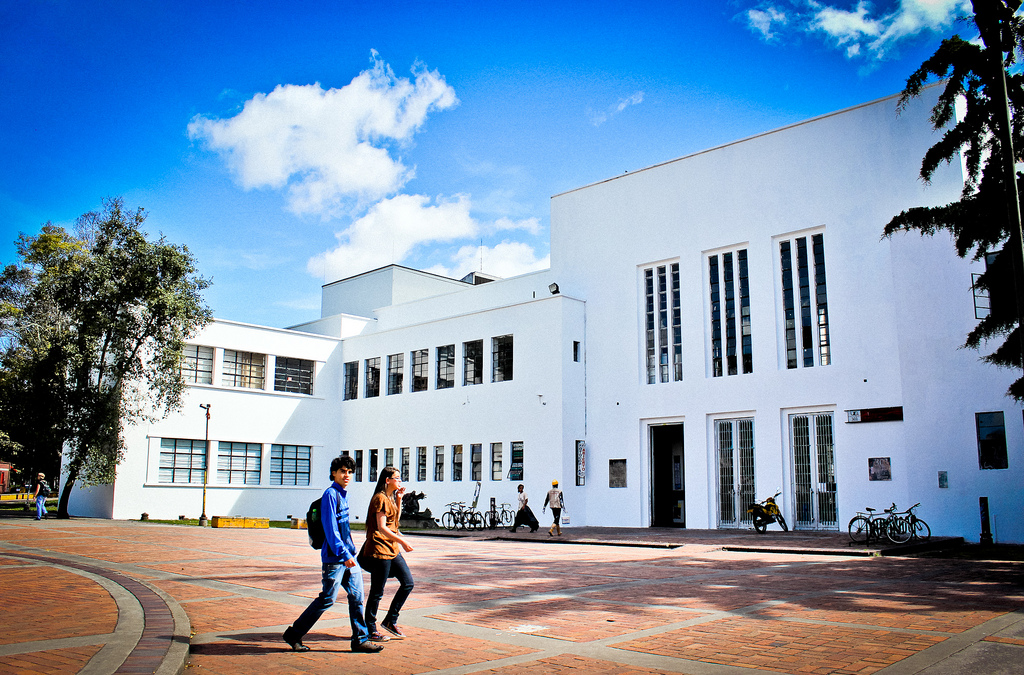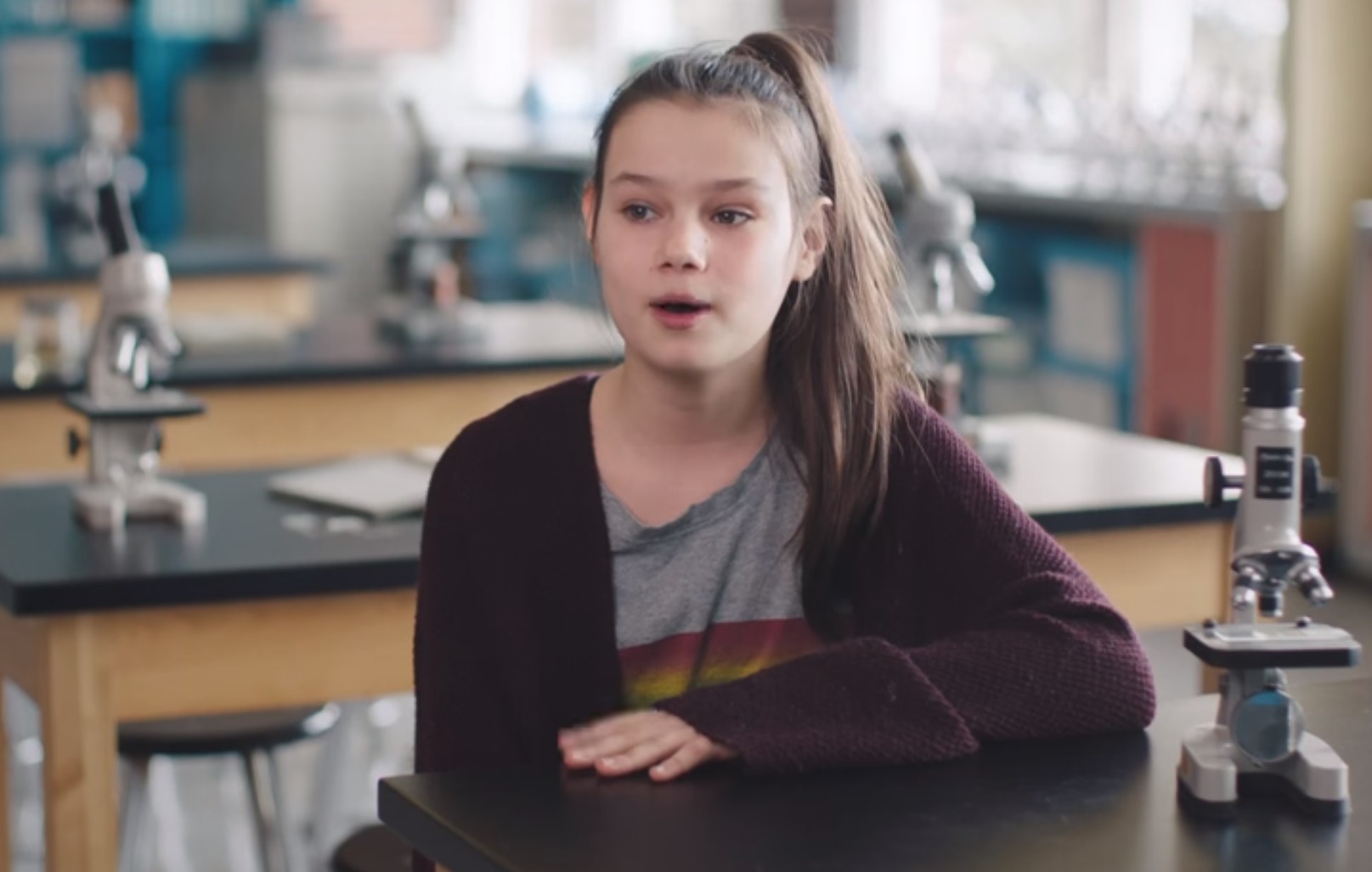They are called learning disabilities or disorders because they are disfunctions that compromise the essential characteristics of students’ cognitive processes and behavior.
Photo: Bigstock
Learning disabilities (LD) can present as a combination of different disorders. In fact, the presence of just one disorder can favor the development of others, especially if they are not treated promptly and thoroughly, a phenomenon called comorbidity. Even though no cure has been found for these disabilities, they can be controlled by sufferers, reaching significant levels of self-regulation (CPIR, 2016). They are called learning disabilities or disorders because they are disfunctions that compromise the essential characteristics of students’ cognitive processes and behavior. The most commonly used definition of learning disability is the persistent, unexpected and specific inability to efficiently acquire certain academic skills, such as reading, writing, arithmetic calculations, reasoning and drawing, among others, since they disrupt and hinder the functioning of students’ age-appropriate capabilities (Diéguez and Álvarez, 2010). These skills are not associated with the individual’s intellectual potential, but with their capacity to work.
“Learning disorders limit the efficient acquisition of certain academic skills, such as reading, writing, mathematical calculation, reasoning, drawing, among others.”
A study conducted by The National Center for Learning Disabilities, in 2017, identified that two-thirds of students who were suspended or expelled from school in 2015 and 2016 have some form of learning disability, and that half of the students in the same study who have a learning disability had been involved with the US justice system as young offenders. Moreover, 33% of teachers surveyed and other educators consider that what people call “a learning or attention issue” is very often simply laziness.
The school is under an obligation to disclose that we are facing a public health situation, since there are learning-associated neuropathologies, without intervention, affecting children’s mental health, school performance and social behavior, to the extent that children accept that they are “guilty’”, “incapable” or “dropouts”. This complicates the situation and turns it into a social problem, since young people resent a society that unwittingly predisposed them to failure and, incapable of acting assertively, they drop out of school. In addition to this, they face uncertainty, loneliness and a breeding ground for crime, created to make them produce until they become social offenders. Nobody takes responsibility for this issue, favoring improvisation by and the intervention of, at times, overqualified professionals and therapists who provide hurried diagnoses; uncontrolled pharmacological treatments; and disarticulated interventions by schools, all of which in no way guarantees success.
“For those who have a clinical history of learning disabilities, it is difficult to manage self-control, following instructions, completing tasks and establishing social relationships. Many of them are students with low self-esteem and a tendency toward isolation.”
An estimated 65% of students with LD are linked to dyslexia and attention deficit disorders and 20% of children with dyscalculia also suffer from attention deficit disorder with cognitive responses that do not match their intellectual potential or the school and family support they receive (Diéguez and Álvarez, 2010).
The Individuals with Disabilities Education Act (IDEA) establishes 13 categories to refer to learning disabilities, including non-incapacitating disorders and disorders in the classroom, such as Specific Learning Disabilities (SLD), Nonverbal Learning Disorders (NVLD) and other health impairments:
1) Specific Learning Disabilities
This group encompasses dyslexia, difficulty in learning to read and write. It affects between 10 and 17% of children, while an estimated 80% of children with learning disabilities are dyslexic. Dysgraphia is the inability to write coherently related to fine motor skills and hand and arm muscle coordination. Dyscalculia or difficulty in learning mathematics, processing mathematical language; ordering, recognizing, remembering numbers; and associating the components of a problem with the solution.
2) Nonverbal Learning Disorders
The disorders classified in this group include auditory processing and nonverbal language disabilities, considered by (Johnson and Myklebust, 1967) as an ‘‘inability to understand the social environment and nonverbal communication, such as gestures, facial expressions and caresses, even though an individual has verbal skills and normal intelligence.” Other authors such as (Narbona 2009) call it Procedural Learning Disorder and it affects 1 in 10 children with LD (Rourke, 1995).
3) Other disorders or health impairments
This group includes Attention Deficit Hyperactivity Disorder (ADHD), which is not considered as a Specific Learning Disability, but is frequently associated with almost all the other learning disorders (Fundación CADAH, 2012).
Dealing with children who have a learning disability requires responsibility and knowledge that go beyond advice and regulations that are sometimes impossible for those who have a clinical history of these disorders to fulfill, because it prevents them from managing their self-control, following instructions, completing tasks and establishing social relationships. Many of them are students with low self-esteem and a tendency toward isolation. These students need teachers who view learning as a multifactorial process (Restrepo, 2014), whose outcome depends not only on implementing methodologies applied to the epistemologies of academic areas, but also on stimulating the brain structures involved in learning. They need teachers who can recognize that knowledge production is a physiological result of the brain and achieving it depends on the brain’s physical and organic state (Manes, 2016).
Specific Learning Disabilities can be identified when students show repeated disabilities on performing age-appropriate tasks. At that moment, teachers should implement specific strategies that will help to identify the nature of the problem and, if it persists, refer the student to an occupational therapist who will decide whether other specialists need to be involved. Receiving professional training in addressing these situations and supporting students is a priority.
About the author
Carmen Alicia Restrepo Rosado (caliciarestrepo@hotmail.com) holds a B.A. in Education Science, major in Biology and Chemistry, and a specialization in Pedagogical Processes from Universidad del Norte, Colombia.
This article from Observatory of the Institute for the Future of Education may be shared under the terms of the license CC BY-NC-SA 4.0 
)
)





)
Martha P. Peña
Martha P. Peña
Martha P. Peña